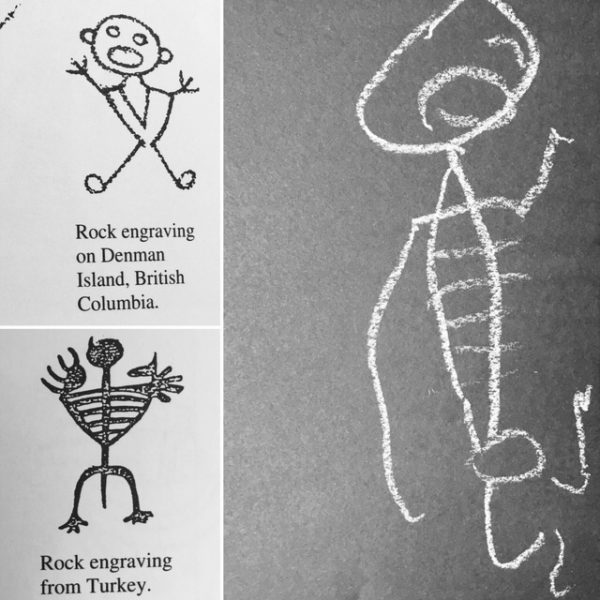
Our two-year-old, Jules, our little caveman, started drawing dozens of skeletons a few days ago, and in response to my posts about them, an Instagram follower commented, “They’re like ancient cave drawings.” I immediately thought of the work of Sylvia Fein, a painter who wrote two really interesting books about children’s artwork: Heidi’s Horse, a record of her daughter’s drawings of horses from the ages of 2 to 17, and First Drawings: Genesis of Visual Thinking, which compares children’s drawings to the cave paintings and drawings of our ancestors. The books can be hard to track down, so here are a few examples from First Drawings, below:

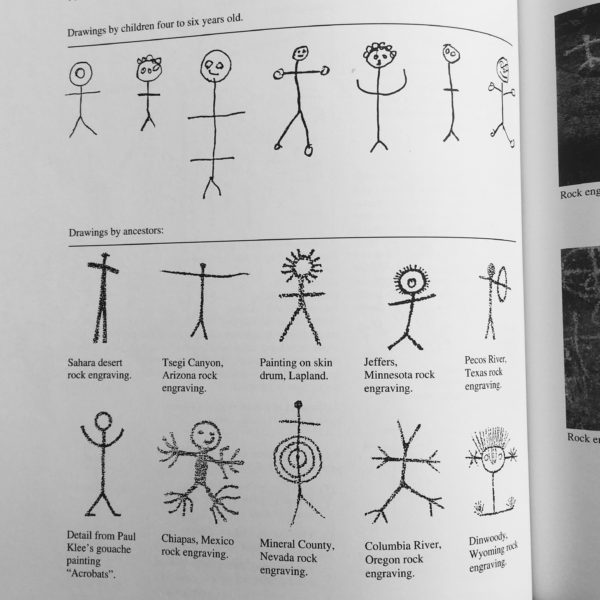
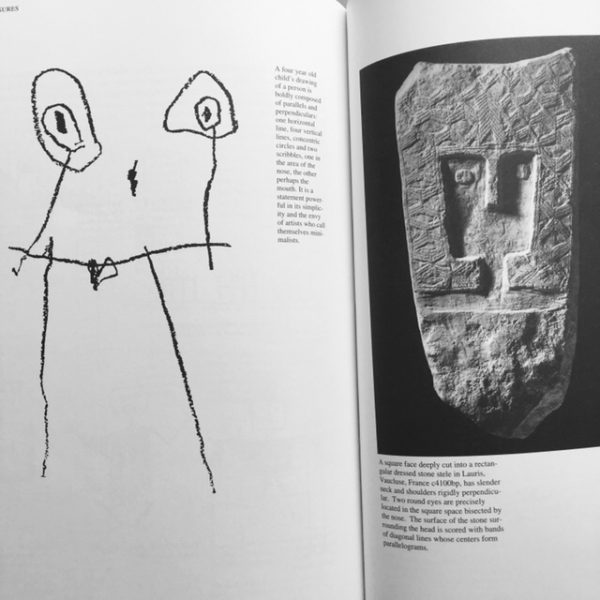
I love these books because they honor the work of children’s drawing — their play — by paying close attention to it, and they show how the development of children’s visual thinking echoes the development of our species’ visual thinking. Children do the work of developing powers that we have evolved over thousands of years, all in the span of a decade or two.
I also love these books because they are about intense looking and observation, and they explore their arguments through simple juxtaposition. I know of at least two other books — both favorites of mine — that use this method: David Hockney’s Secret Knowledge, which compares post-photography painting to medieval pre-optics paintings, and Norman Brosterman’s Inventing Kindergarten, which compares the art of kindergarteners to the art of modernist artists and architects.
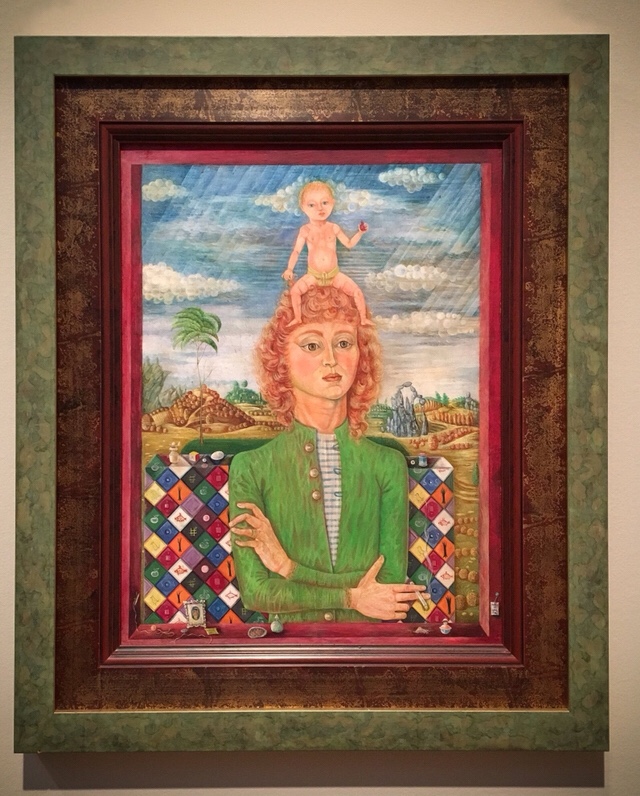
Sylvia Fein is a terrific painter who, to my knowledge, is still working at the age of 98. Here’s a 2014 documentary about her life and work. There’s a wonderful moment when she speaks of discovering working in miniature when her daughter was very little: “I was just in heaven. Everything seemed to go together: my life and my painting.” I’m inspired by the way Fein was able to integrate motherhood and art-making. (Above is my favorite painting of hers, obviously a self-portrait, from 1947, called “Lady With Her Baby.”)
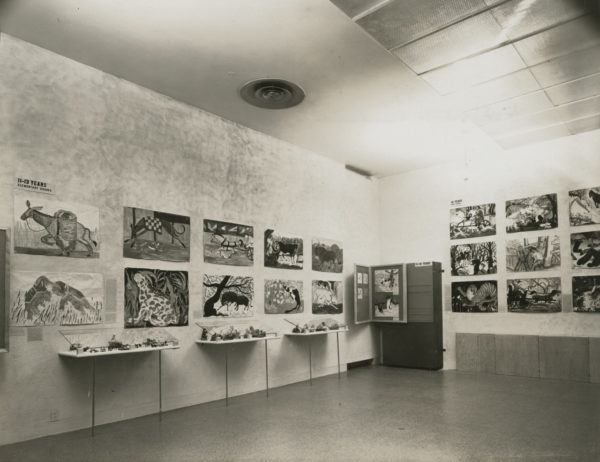
The only thing remotely similar to Fein’s book Heidi’s Horse that I can think of is a 1939 exhibit at the MoMA, Creative Growth, Childhood to Maturity, which showcased the work of Dahlov Ipcar, from the age 3 to 22. (She was, by the way, the first woman with a solo exhibition at MoMA.) Ipcar’s parents, William Zorach and Marguerite Zorach, were both artists, and they saved much of the artwork she made as a young child. The press release of the show outlines a goal very similar to Heidi’s Horse: “it shows the creative growth from infancy to adulthood of an individual who is neither a genius nor a prodigy.”
Ipcar wrote about her unique upbringing in her essay, “My Family, My Life, My Art”:
My parents had always encouraged me to develop my own style of art. They both had undergone conventional art school training, but when they became involved in the modern art movement, they found they had to unlearn everything they had been taught…. They had deliberately left me unschooled in art, wanting to see what would happen if I were left alone to develop in my own way.
Ipcar and Fein share another connection: they both found a way to integrate their life and art-making. It came naturally to Ipcar, who recalled painting in the studio alongside her mother, and later, painting with her own children:
People always ask me how I managed to paint when my two boys were small. My children were a joy to me, and there was no problem working with them around — I just let them play at my feet as I painted. They would even run toy fire engines up and down my easel, but it didn’t bother me.
This is very much what I am attempting here, at the kitchen table, at this very moment, while the two boys draw quietly beside me, long enough for me to press “Publish.”